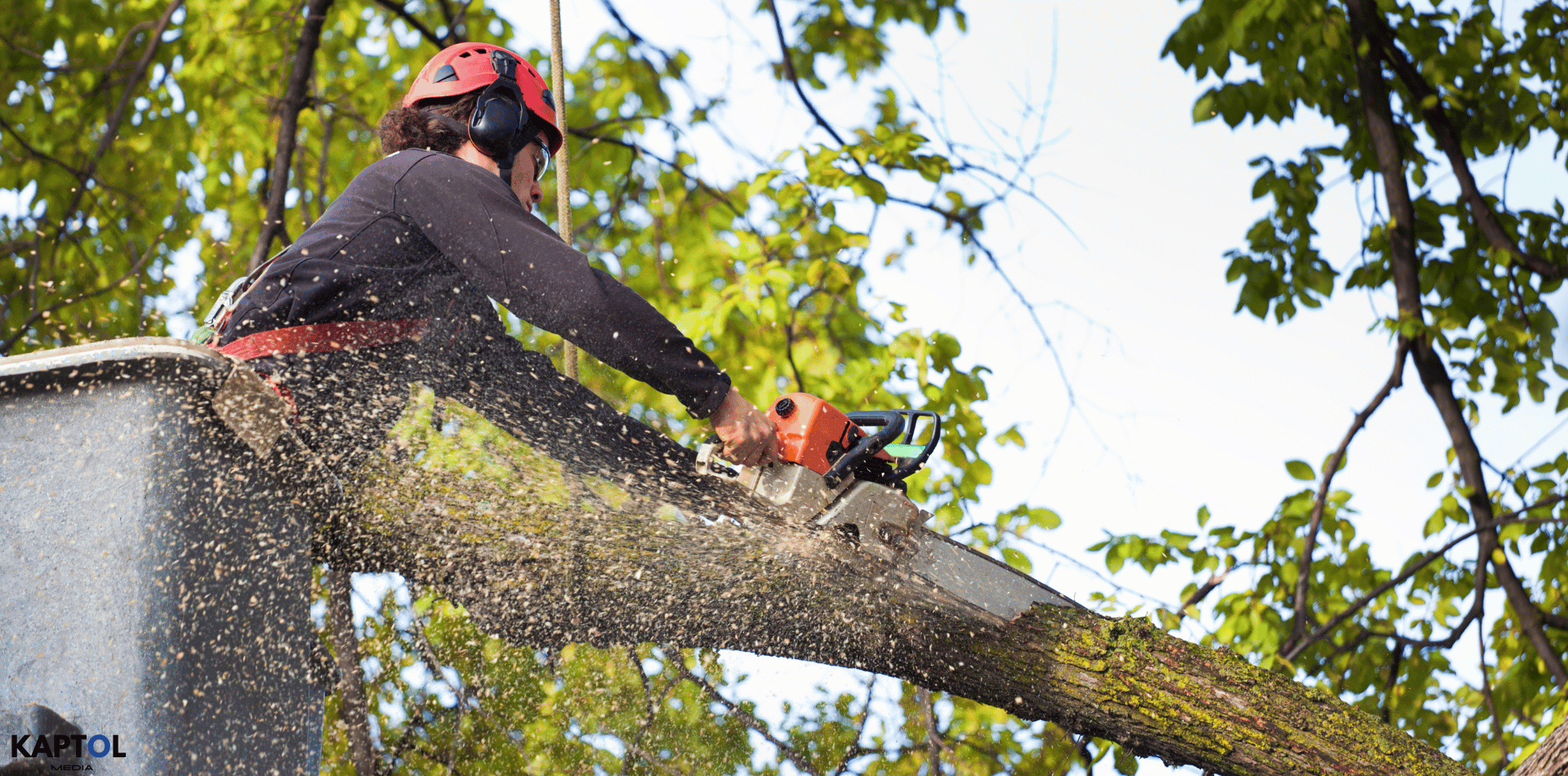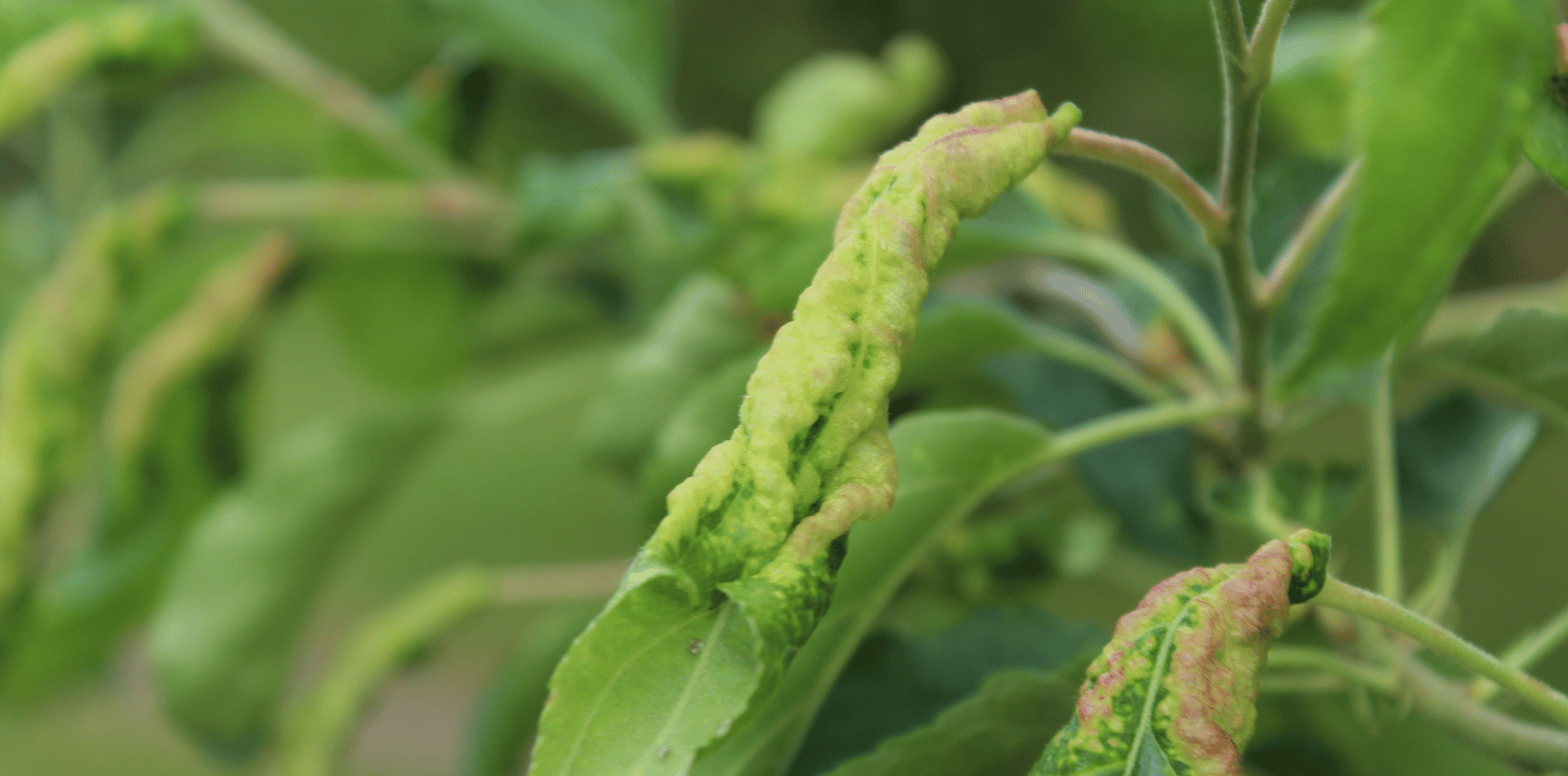How to care for Yucca Trees
How to Care for Yucca Trees

Yuccas, which are sentinels of the deserts, are extremely drought tolerant. To survive the harsh desert conditions they store water in their trunks or bulbous bases. Their distinctive foliage grows in rosette form either at ground level or on stalks, trunks or branches. The leaves on Yucca plants can be razor sharp and spine tipped, earning them common names of Spanish bayonet and Spanish dagger.
Yuccas are slow growing plants and need almost no maintenance to survive. Their toughness is both a plus and a minus, as they can be almost impossible to remove once firmly established and larger clumping types may take over your garden.
How to plant a Yucca
When to plant a Yucca:
You can start with seeds indoors at any time. It is best to plant outdoors in spring. For best outside results, spring temperatures should be 15 to 18°C.
19 to 25°F is best for more tender varieties.
Where to plant:
Choose a location that receives partial to full sun, but most importantly, an area that is well-draining. Root rot can easily develop in Yucca plants if there is water lying around the roots. Yucca plants can grow quite large, so it's important to consider location when choosing a spot to plant. Locate in areas where they can be appreciated, but not where their sharp, spiny leaves can be accidentally bumped into. Keep them clear of walkways and play areas. As they grow, massive root structures have the power to crack foundations, disrupt retaining walls, and invade pools and irrigation pipes. These large root structures are extremely difficult to get rid of and any remnants left behind can grow more yuccas.
How to plant:
To help germination, soak seeds for 24 hours prior to planting, or rub with sand paper to scar the surface. Plant at a depth of one to two seed lengths. Keep the seeds fairly moist, and you should begin to see signs of germination in about 3 to 4 weeks. At about 8 weeks, replant into bigger pots or to permanent location.
Yucca growth is quite slow and variable, especially if grown from seed. It may take several years for them to flower.
Caring for a Yucca Tree
Pruning:
Maintain your plants by trimming dead or damaged leaves. Although this is not technically considered pruning, it can be done at any time.
The best time for cutting the plant back to reduce its size is early spring, before the growing season.
- Start by cutting off the top section of the trunk down to the desired size. The trunk will look sparse for a while, then new shoots will soon sprout from the cut point. The new growth can often be unpredictable. Your offcuts can be replanted, or if not required can be thrown away or recycled.
- To clean up stemless rosette types, dead or damaged leaves along the bottom of the plant can be removed at any time.
- Flower stalks should be cut back to the base after flowering. If you don’t like for the look of the flower stalk, it can be cut down at any time, even before it blooms.
Soil:
Yuccas can survive in most types of soil, however it must be well-draining to avoid rot.
Amendments & fertilizer:
Yuccas are very hardy and can thrive even when neglected. However, a good quality liquid fertiliser should be applied monthly during spring and summer. Yuccas grown indoors especially require regular fertilising.
Watering:
Yuccas are extremely drought tolerant, but will look better with regular watering during spring and summer, along with an occasional deep soaking. They’ll require less water over winter. Yellow leaves and/or soft roots can be a sign of overwatering.
Propagation:
New plants can be grown from offcuts, root cuttings or seed. If propagating from offcuts, remove them in spring, strip off any foliage, and plant. Water them well to start and keep them protected until roots are growing.
During Spring or Winter, root cuttings can be taken from mature plants. Dig down and cut a 7.5cm section from the existing root. Keep the cutting in a cool, dry place for a 2 or 3 days before planting. Plant it in potting soil, in a location where it will receive indirect light. The roots will start to grow in about three to four weeks.
Diseases and pests:
There are no serious insect or disease problems, however cane borers, scale insects and fungal leaf spots can occur. It’s best to water the base of the plant, as brown leaf spot can often be caused by overhead watering. Stem rot is one of the most common problems with yuccas, but can be avoided with well-draining soil.


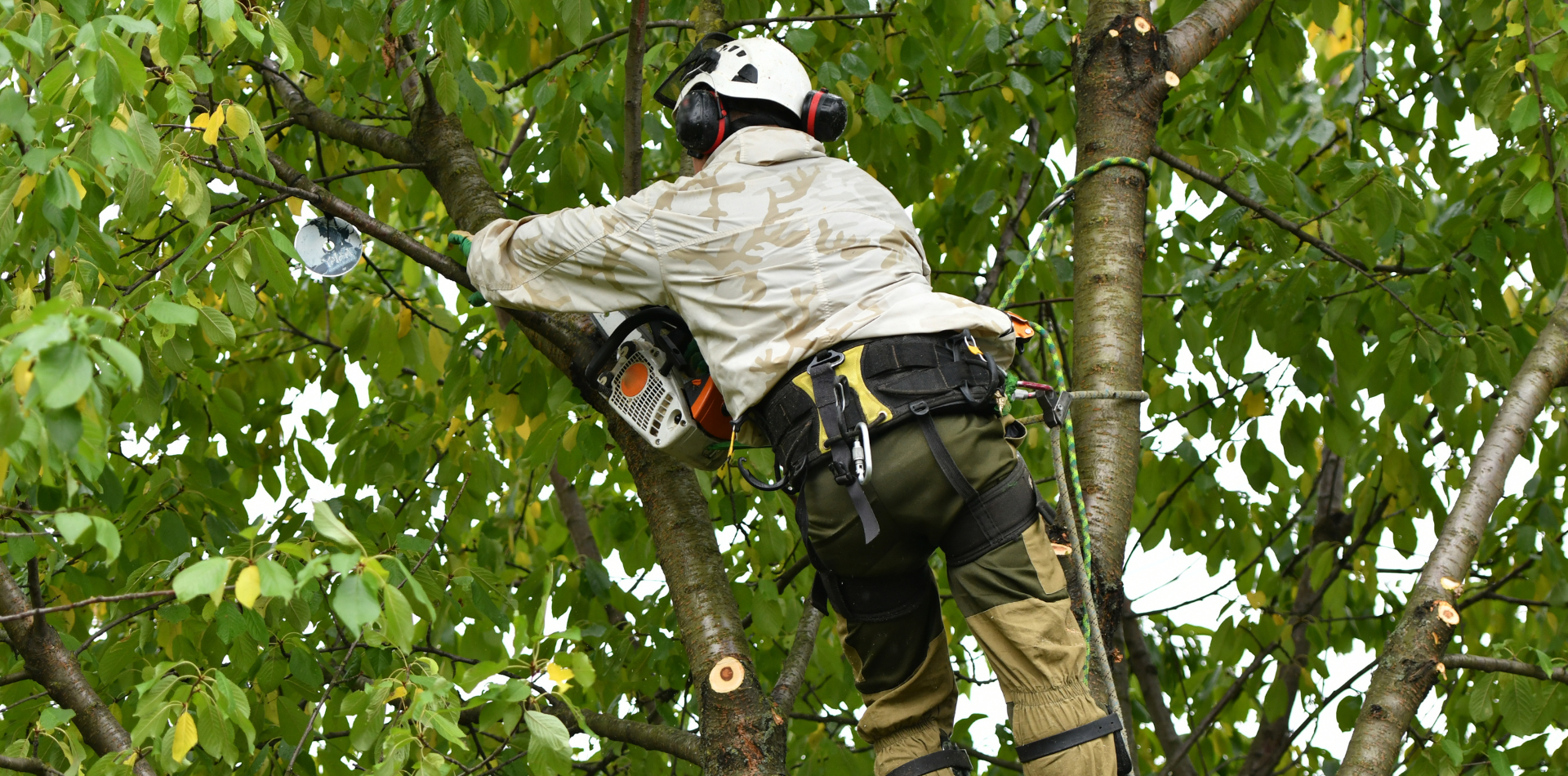

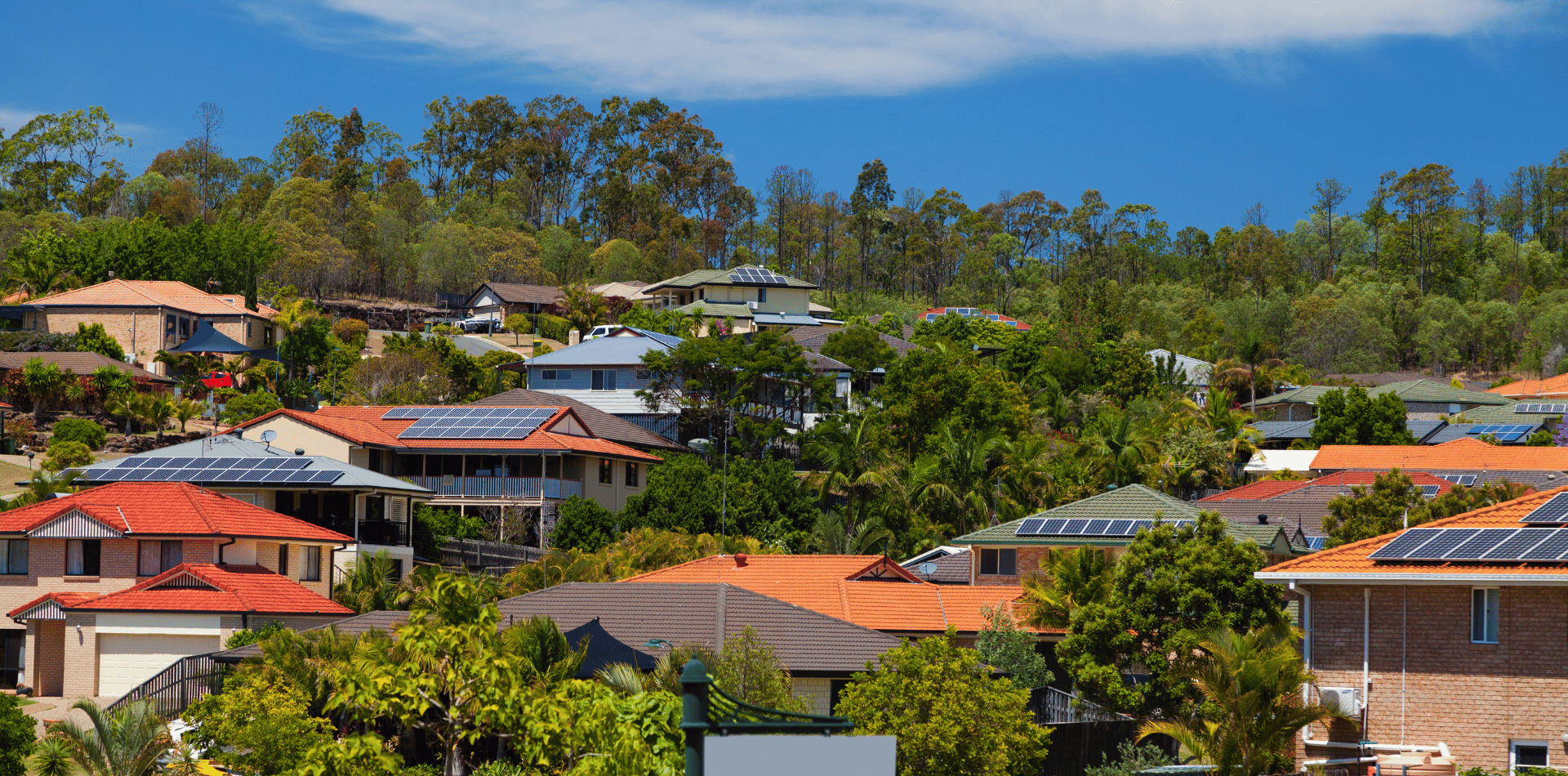
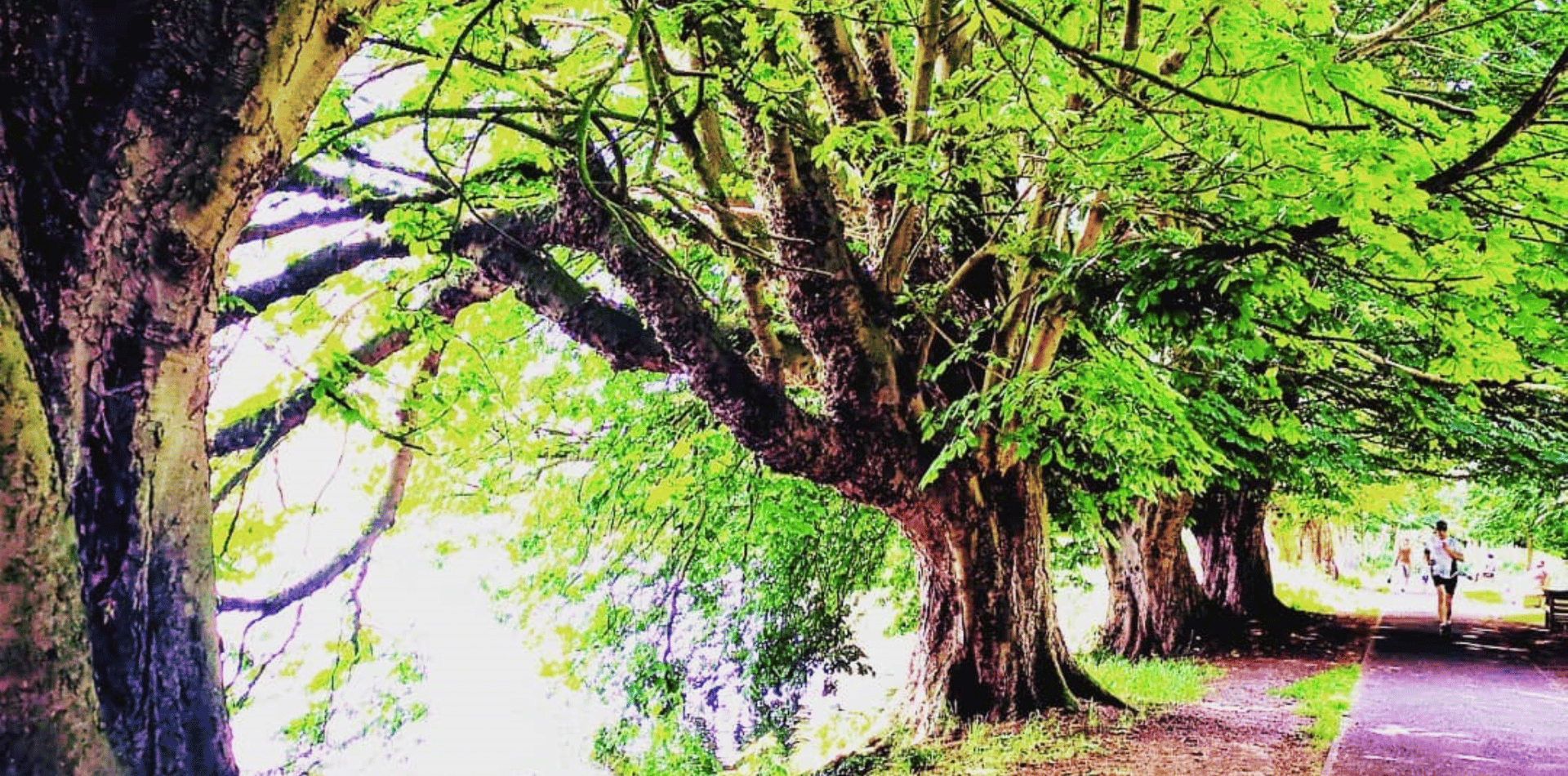
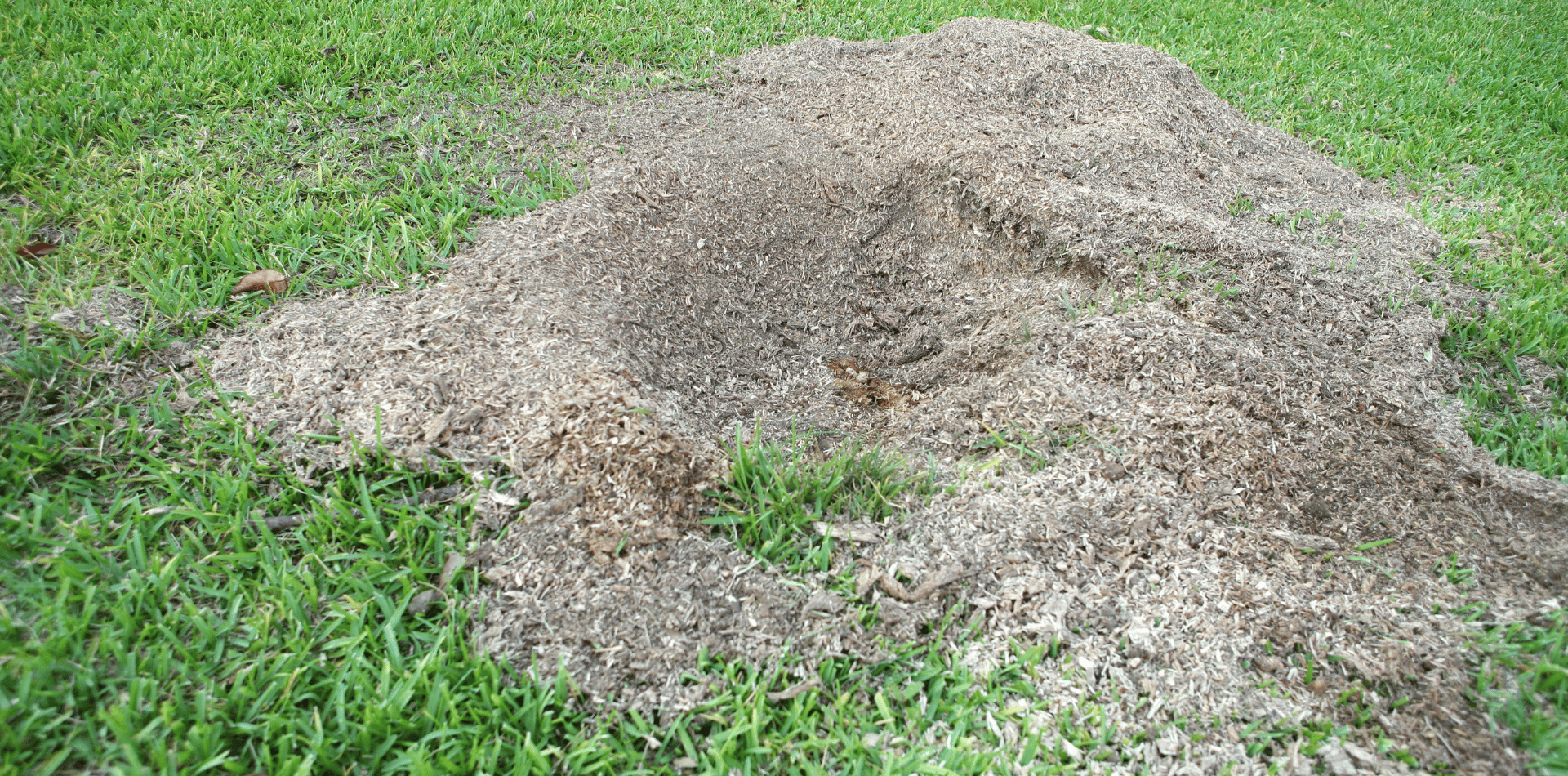

Contact
Kaptol Tree Removal Newcastle
A Member of the Kaptol Group
Powered by Kaptol Media

